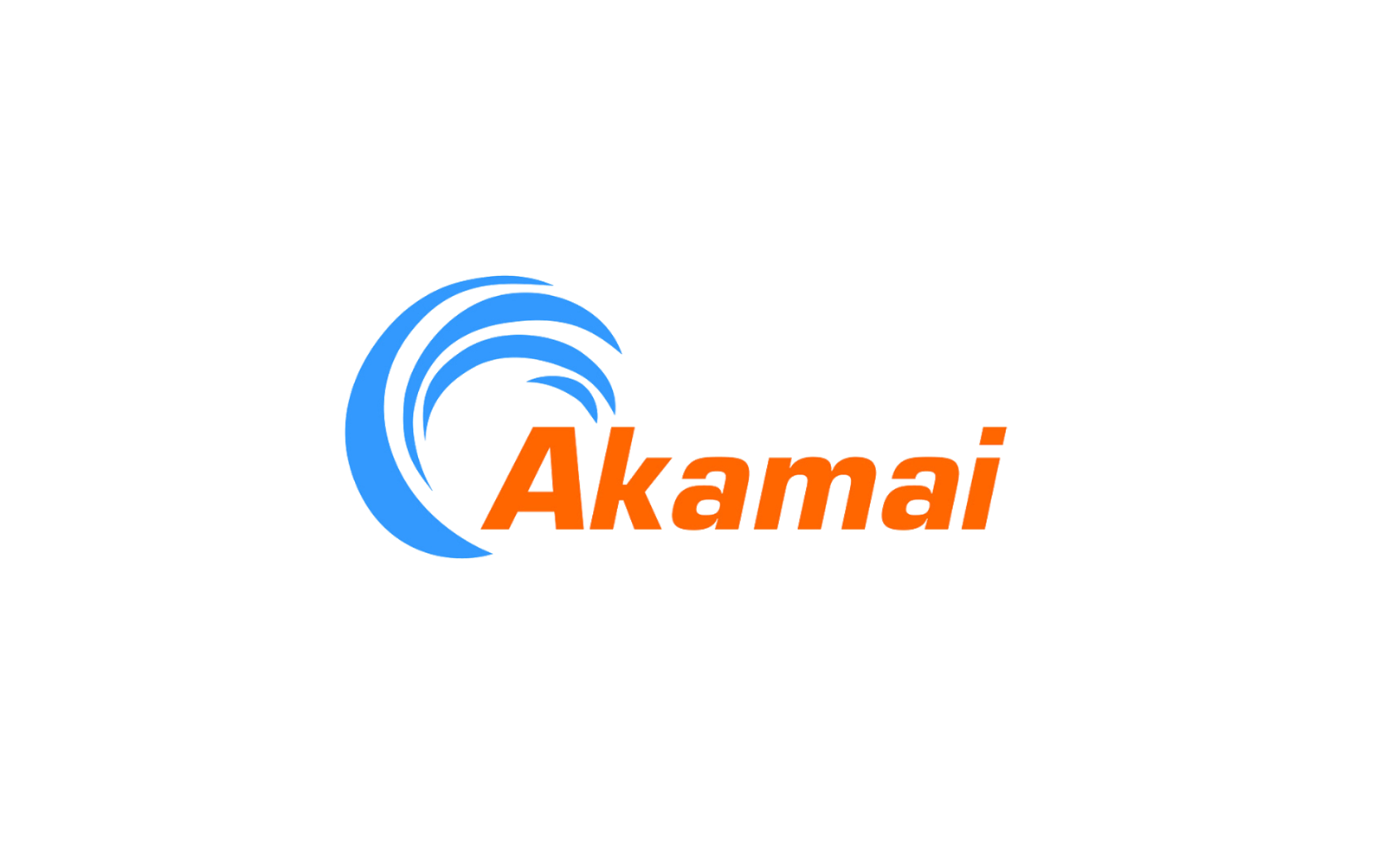Akamai’s Adaptive Delivery Networks (ADNs)

Akamai’s ADNs are specialized networks designed to optimize the delivery of streaming media, including live and on-demand video. They enhance streaming quality through various mechanisms:

1. Intelligent Routing:

- ADNs leverage traffic steering algorithms to select the most efficient routes for delivering content.
- Traffic is dynamically directed to the closest servers based on user location, network conditions, and server capacities.
2. Content Caching:
- ADNs store content on servers geographically distributed near users, reducing latency and improving playback speed.
- The closest server can quickly respond to client requests, minimizing buffering time.
3. Adaptive Bitrate Streaming (ABR):
- ADNs use ABR technology to encode video into multiple bitrates and resolutions.
- The player automatically selects the optimal bitrate based on network conditions, ensuring a smooth viewing experience regardless of bandwidth fluctuations.
4. Load Balancing:
- ADNs employ load-balancing techniques to distribute traffic across multiple servers, avoiding congestion and maintaining high performance.
- When a server becomes overloaded, traffic is automatically routed to other servers capable of handling the load.
5. Edge Computing:
- ADNs leverage edge computing to process data and deliver content closer to users.
- This reduces latency and improves responsiveness, especially in congested network conditions.
6. Network Optimization Techniques:
- ADNs employ various network optimization techniques, such as TCP acceleration, HTTP/2, and SPDY, to improve data transfer efficiency and minimize delays.
- These optimizations help deliver content faster and more reliably.
7. Real-Time Analytics:
- ADNs provide real-time analytics and monitoring tools to track performance metrics, identify bottlenecks, and ensure optimal delivery.
- This allows Akamai to proactively address any issues that may affect streaming quality.
Benefits of Akamai’s ADNs:
- Improved video streaming quality with reduced latency and buffering
- Smoother playback experience across different devices and network conditions
- Reduced bandwidth consumption and improved cost efficiency
- Real-time analytics for enhanced visibility and troubleshooting
- Increased audience engagement and satisfaction## How Akamai’s Adaptive Delivery Networks Enhance Streaming Quality
Executive Summary
Akamai’s Adaptive Delivery Networks (ADN) provide seamless and high-quality streaming experiences by optimizing video delivery for each viewer’s unique network conditions. By leveraging intelligent routing, dynamic adaptation, and network-aware optimization, ADN ensures consistent performance and buffer-free viewing even in congested or unreliable networks.
Introduction
Streaming media has become an integral part of modern entertainment and communication. However, network fluctuations and variable user demands can significantly impact the streaming quality, leading to buffering, delays, and poor user experiences. To address these challenges, Akamai has developed its Adaptive Delivery Networks that deliver adaptive, resilient, and context-aware streaming for a wide range of devices and platforms.
FAQs
- What are the benefits of using Akamai’s Adaptive Delivery Networks?
- Improved streaming quality with reduced buffering and delays.
- Increased reach and audience engagement.
- Cost savings through optimized resource utilization.
- How does Akamai’s ADN work?
- Leverages a global network of servers and advanced software to intelligently route traffic and optimize delivery.
- Analyzes viewer network conditions in real-time and adapts video streams to match their capabilities.
- Ensures reliable delivery even in congested or unstable networks.
- What types of content can be delivered using Akamai’s ADN?
- Video on demand (VOD)
- Live streaming
- Audio streaming
- Software downloads
- Large file transfers
Key Subtopics
Intelligent Routing
- Dynamic Load Balancing: Distributes traffic across multiple servers to prevent overloading and bottlenecks.
- Geolocation and DNS Caching: Directs viewers to the nearest server for optimal latency and connection speed.
- Traffic Steering: Routes traffic based on network conditions, such as congestion or performance issues.
Dynamic Adaptation
- Adaptive Bitrate Streaming: Delivers multiple video streams at different bitrates, allowing viewers to choose the one that matches their bandwidth capabilities.
- Video Transcoding: Converts video content into different formats and resolutions to ensure compatibility with various devices and networks.
- Progressive Download: Downloads video content in small chunks, allowing playback to start even before the entire file is downloaded.
Network-Aware Optimization
- CDN Caching: Stores frequently accessed content on servers close to viewers, reducing latency and improving load times.
- Peer-to-Peer Delivery: Distributes content through a network of user devices, reducing bandwidth consumption and improving scalability.
- HTTP Adaptive Streaming: Leverages HTTP to deliver video streams, enabling playback on a wide variety of devices and platforms.
Secure Delivery
- Encryption and DRM: Protects video content from unauthorized access and piracy.
- DDoS Mitigation: Defends against distributed denial-of-service attacks to ensure uninterrupted streaming.
- Web Application Firewall: Blocks malicious traffic and web attacks to protect streaming infrastructure.
Analytics and Reporting
- Real-time Monitoring: Tracks key streaming metrics, such as bitrate, latency, and buffering, providing valuable insights for optimization.
- Geo-Specific Reporting: Provides detailed analytics on viewer locations, performance, and engagement.
- Customer Support: Akamai offers dedicated support to assist customers with troubleshooting, optimization, and reporting.
Conclusion
Akamai’s Adaptive Delivery Networks revolutionize streaming delivery by providing unmatched quality, reliability, and scalability. With its intelligent routing, dynamic adaptation, and network-aware optimizations, ADN empowers content providers, broadcasters, and enterprises to deliver seamless, engaging, and buffer-free streaming experiences to their audiences worldwide. By leveraging Akamai’s ADN, organizations can enhance user satisfaction, increase viewership, and maximize the impact of their streaming content.
Relevant Keyword Tags
- Akamai
- Adaptive Delivery Networks
- Streaming Quality
- Video on Demand
- Live Streaming
